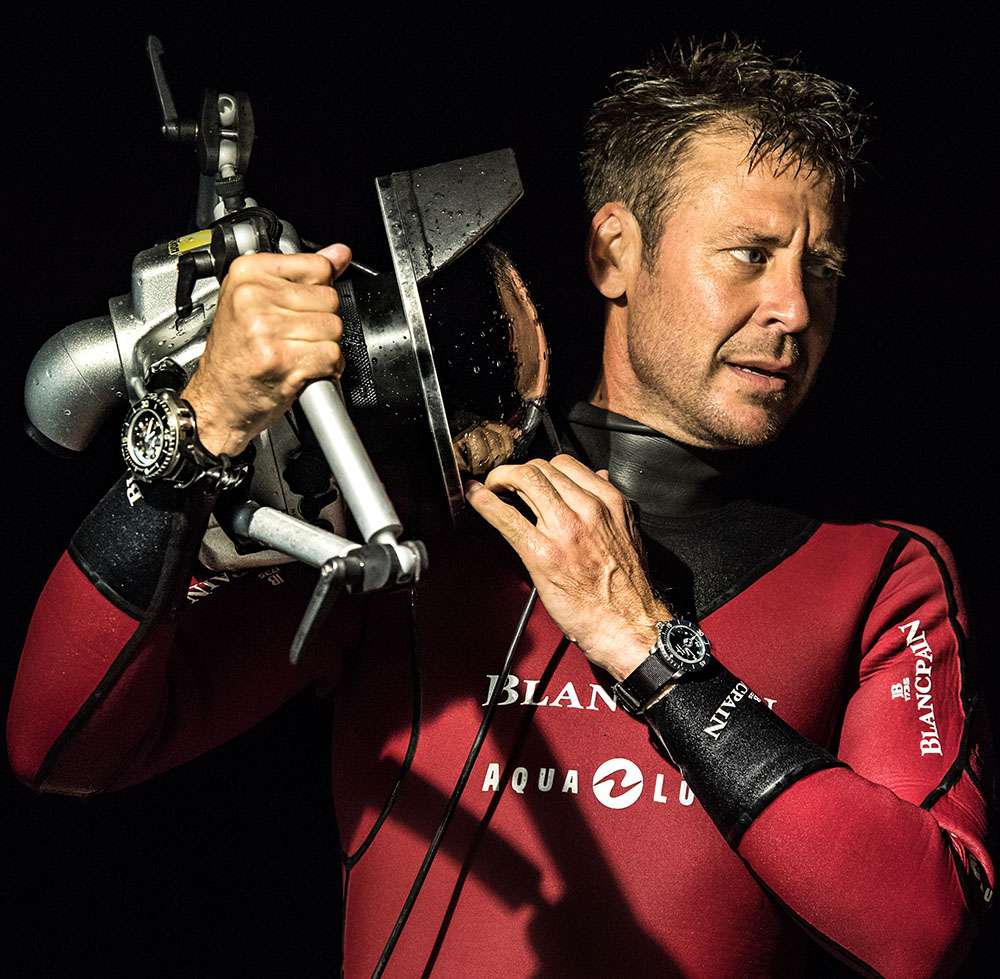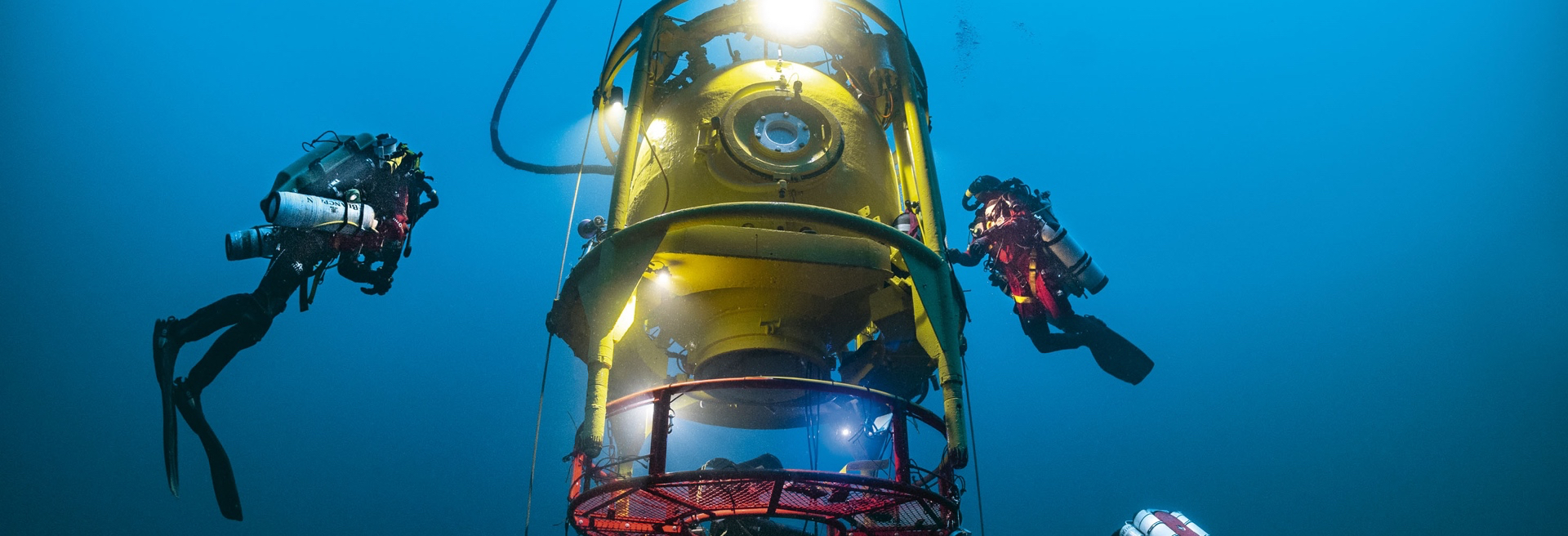
Special Showing of 'Deep Mediterranean' with live Q&A
Single Australian viewing of Laurent's new documentary, 'Deep Mediterranean', broadcast on prime-time French TV. Winner of numerous awards, the film documents Laurent and his team's 28-day journey researching the deep sea floor. It was also the first time saturation diving was combined with electronic rebreathers to achieve the goal.
Laurent will speak and answer questions at the end of the film.
GET TICKETS TO THE SPECIAL SHOWING
Watch the trailer below.
Laurent Ballesta
Photographer, Wildlife Photographer of the Year, Grand Title Award 2021, NIKON Ambassador, Leader of the Gombessa Expeditions
Note: Laurent will be streaming live from France for his presentation and to answer any questionsLaurent Ballesta is a naturalist photographer, graduating with a Masters in Marine Biology and Ecology. At 23, he completed his studies by discovering a new species of fish in the western Mediterranean, the Andromeda Goby, Didogobius schlieweni.
He is the youngest photographer to be awarded the 'Plongeur d’Or' (Gold Diver) at the Festival International de l’Image Sous Marine, Antibes. And the only one to have obtained it three times.
He has published portfolios in major French and international magazines (Science, National Geographic, GQ, Paris-Match, Figaro Magazine, VSD, ÇA m’intéresse, Daily Mail, Stern, View, Corriere Magazine, Terres Sauvages, Sciences & Vie, etc.) and in August 2009, he celebrated his 100th page in Paris Match. Today, he has nearly 150 published articles, a record for underwater photography over such a broad spread of magazines.
A professional diver, Laurent has been using a rebreather since 1999 because they offer him discreet, silent, deeper and longer dives.
In 2000 he founded with Pierre Descamp, his friend from University, the NGO L’Oeil d’Andromède, aimed to reconcile oceanology studies with artistic highlight of marine wildlife and environment. This partnership led to the creation of Andromède Océanologie in 2008.
In 2006 the French Republic Senate paid tribute to his work with the exhibition 'Planet Ocean', making him the youngest photographer to have exhibited his work on the famous gates of the Jardin du Luxembourg in Paris. Twenty exhibitions around the world have followed.
In 2008, he took the deepest image in the world ever photographed by a diver at - 625 ft, in the French Riviera.
With his knowledge in deep diving, Laurent led a confidential expedition to South Africa in May 2009 to realise an old dream, diving with Gombessa (the local name of the coelacanth fish) and he brought back the very first pictures of the living fossil fish taken by a diver at 120m/395 ft.
This mission led to his first 'GOMBESSA Expedition' 4 years later, to conduct the first scientific protocols on a live specimen, at 120 m/ 395 ft.

In January 2014, Laurent published his book 'Gombessa, meeting with the coelacanth'. It is the only photographic collection about this mysterious fish. He presents his best images, the images of the mythical fish and its environment; and tells the story and the twists of an adventure that lasted five years. One year later, the English version of the book Gombessa was published with a foreword by David Doubilet.
Constantly constrained by the incompressible hours of decompression inherent to deep diving, he imagined the marriage of industrial diving to autonomous diving in 2001, which became a reality in 2019 during the Gombessa 5 Mediterranean expedition, during which he spent 28 days at saturation at a depth of 120 m with 3 of his companions. Three times winner of the Wildlife Photographer of the Year, awarded by the National Museum of London, he is the first Frenchman to receive the Grand Prize in all categories in 2021. Through his images, Laurent illustrates the underwater world with a scientific and artistic eye.
Laurent has led five GOMBESSA Expeditions:
- The study of the deep coelacanth in South Africa;
- The mating of the groupers in the south pass of Fakarava in French Polynesia;
- The grey sharks hunts at night in that same channel; and
- The exploration of the deep ecosystems of Antarctica.
- The corraligineous ecosystems from Mediterranea





